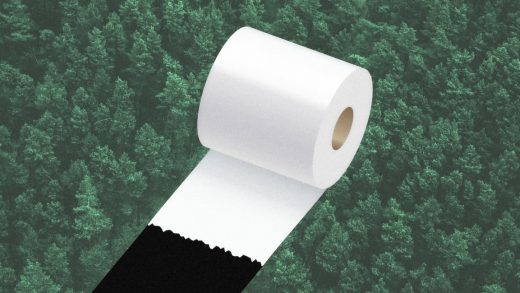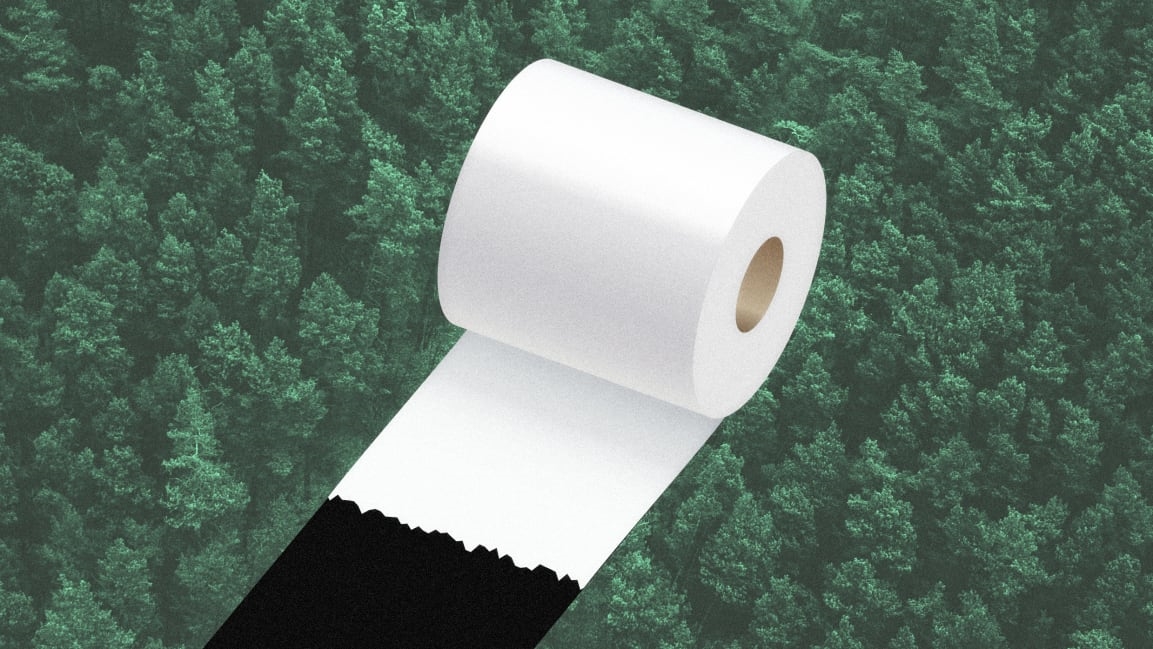There’s an overlooked product that you definitely use that’s destroying vital forests
If you’re a person living in America, you probably churn through the equivalent of 141 toilet paper rolls each year. It’s not often a thing you think about closely. Toilet paper is sold in abundance in the U.S.; you can buy 36-packs off Amazon. The supply, it seems, is limitless.
But it’s not without impact. Much of the pulp that makes up the tissue used in America comes from the boreal forest of Canada. The forest, which spans over 1 billion acres, holds at least 12% of the world’s carbon stores in its flora and soil. But the logging industry is decimating the resource. Between 1996 and 2015, over 28 million acres of the Canadian boreal were cleared by industrial logging, which directly feeds the tissue industry. Virgin pulp, which goes into toilet tissue, accounts for around 23% of Canada’s forest product exports. Not only is this terrible for the climate, but the industry is also destroying the habitat of numerous animal species and more than 600 indigenous communities.
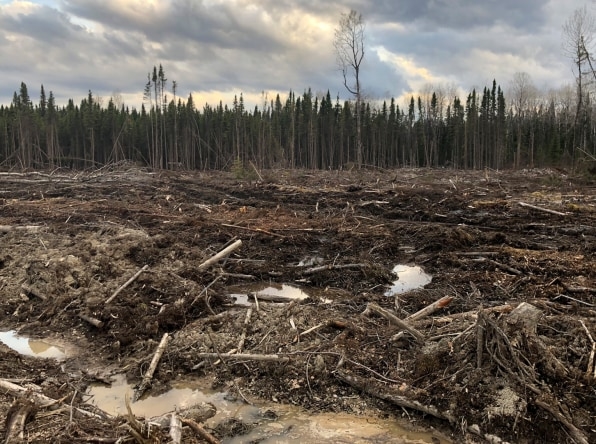
A new report from the Natural Resources Defense Council and Stand.Earth spells out the dangers of the logging industry, specifically for the creation of tissue products. The major toilet paper suppliers in the U.S—Procter & Gamble, Kimberly-Clark, and Georgia-Pacific—which own recognizable brands like Charmin and Quilted Northern, are a significant part of the problem, according to the NRDC. “People don’t really think about their toilet paper purchases as environmental decisions,” says Shelley Vinyard, boreal campaign manager at NRDC. “But most major household brands that people buy are made from 100% virgin forest fibers.” In the report, the NRDC includes a helpful scorecard that shows which brands perform the worst and best on environmental measures; popular ones like Charmin scored an F. (When asked about the report, Kimberley Clark and Proctor & Gamble both noted their wood comes from sustainably managed forests and that they support the standards supplied by Canada’s Forest Stewardship Council, though they didn’t mention any efforts to shift the material they use. Georgia-Pacific didn’t respond.)
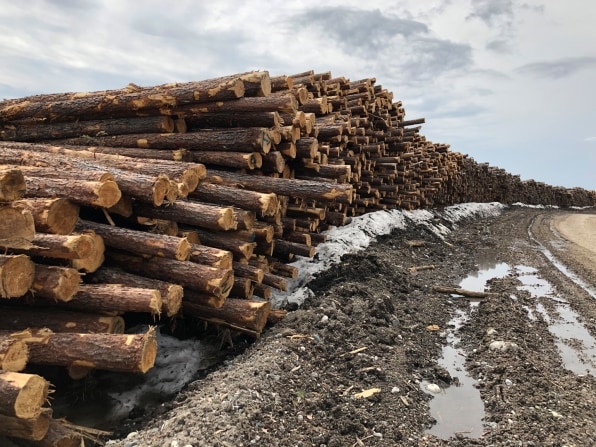
Tree pulp is far from the only material that could be made into tissue products. Toilet paper can also be made from recycled materials, like office paper and newspaper, through a process that is not only more sustainable from a sourcing perspective, but requires far less water and energy to manufacture. And non-wood alternatives, like straw and bamboo, can also make more sustainable options: Straw is often left over as a by-product of agricultural processes, so it doesn’t require additional impact to harvest, and bamboo, when harvested for products, regenerates 20 times faster than trees in the boreal forests. Pursuing a combination of recycled and alternative fibers could contribute to greater sustainability across the tissue industry.
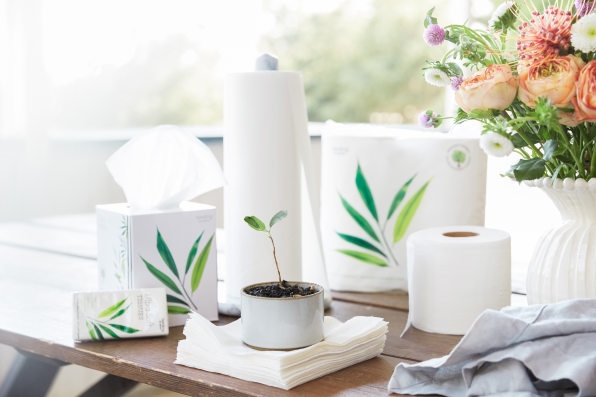
Some smaller suppliers are already doing so. Who Gives a Crap, a nonprofit that sells toilet paper and puts 50% of its profits toward funding sanitation options in global communities that lack it, makes products from both recycled fibers and bamboo. And Grove Collaborative, a startup and B Corporation that sells environmentally friendly home care products, worked for years to develop a line of tree-free paper products, including toilet tissue and paper towels, that launched last year. “We looked at every alternative out there and ultimately came around to using bamboo and upcycled sugar cane,” says Grove CEO Stuart Landesberg. The quick rate at which bamboo regenerates made it an appealing option, and the sugar cane they could source from industrial sugar manufacturing, where it often is discarded as a waste product. “We felt this was a blend of materials that had the least negative impact on the planet, but also allowed us to bring a product to consumers that was good enough that people would be excited to use it.”
But Danny Alexander, Who Gives a Crap’s cofounder, says attending industry events is disheartening. “Big companies don’t talk about the actual impacts or ethics and morality involved in what they’re producing—they only talk in terms of market forecasts,” Alexander says. “They’re not interested in changing things.” One of the common threads running through large toilet paper suppliers is that customers won’t want to buy products made from recycled fibers or bamboo. “So for us, the question becomes: How do we make people want this?” Alexander says. “I think it’s going to take a lot of us smaller companies showing that it’s possible and pushing larger suppliers to make a change.” Grove has certainly found that there’s a demand for what they’re doing: Since launching the tree-free Seedling line of products last August, it’s sold nearly 2.7 million rolls of toilet paper.
In the end, Alexander says, it comes down to a basic question: “Why would you cut down a perfectly good tree to make something to wipe your ass with?”
(63)

